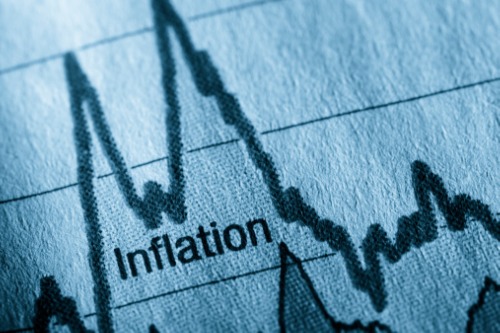It will be a critical factor in Canada's post-pandemic economic recovery

The approximately $230 billion in cash accumulated by Canadian households and businesses during the pandemic will be the main driver of inflation for the rest of this year, according to Benjamin Tal of the Canadian Imperial Bank of Commerce.
Tal is among the industry observers expressing optimism that the roughly $100 billion saved by households and the $130 billion hoarded by businesses will begin moving through the economy in earnest, thus stimulating accelerated post-pandemic recovery.
“What we are seeing is a situation in which, as a society, we are sitting on a mountain of cash,” Tal told the Financial Post in an interview.
The injection of money into the financial system through household and business spending will usher in a virtuous cycle of employment gains and stronger consumer purchasing power.
Read more: Is Canada headed for a post-pandemic housing bubble?
“Most of this money, when it’s going to be spent … will be in services. Exactly where the pain is, and exactly where you need the jobs,” Tal predicted. “That’s why I see economic recovery being very strong in the second half of the year, because this money will be targeted exactly where it should be going.”
Tal added that this economic robustness is likely to last well into 2022.
”The government will have to start raising interest rates, reacting to that economic trajectory,” Tal said.
Rebecca Oakes, assistant vice president of advanced analytics at Equifax Canada, recently said that the pace of the economy’s recovery once it fully reopens is critically dependent on the successful roll-out of vaccinations.
This “will have a big impact on consumer spending and debt management,” Oakes said earlier this month. “Canadians should be preparing themselves for a point in time, which will likely come in this calendar year, when governments begin to rein in support mechanisms.”



